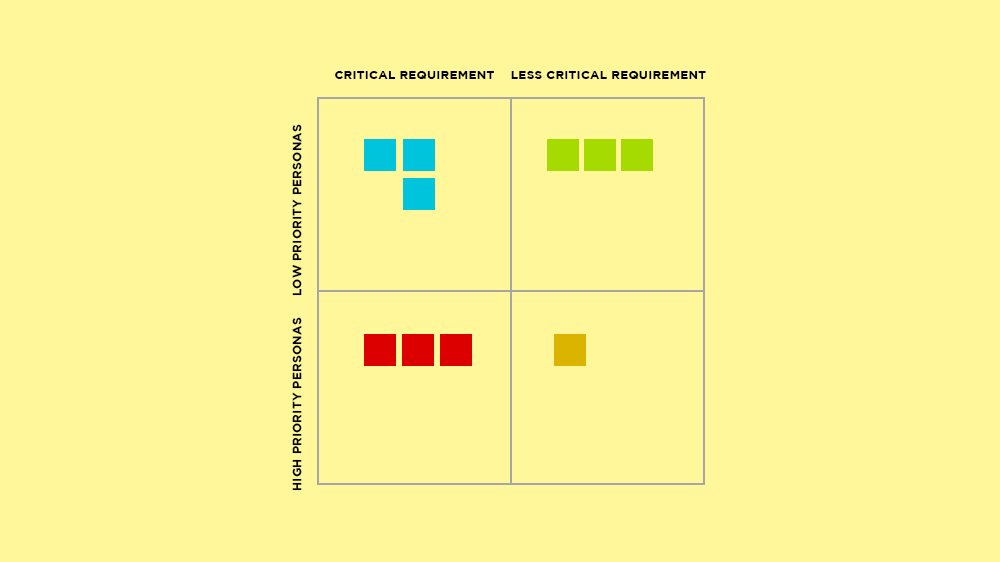No matter how well-designed your software app is, it needs to go through different testing processes before release. In a software testing project, every QA or tester has to write multiple test cases they are working on. Writing good test cases holds great importance in the QA process. It is estimated that 70% of the QA team effort goes towards test case design and test case execution.
What is a Test Case?
A test case is a document that provides comprehensive information on what and how to test. It helps a tester to follow a sequence of steps to validate whether a software app is free from bugs and works as it is intended to. Writing good test case requires basic writing skills, attention to detail, and a complete understanding of the application under test (AUT). Typically, test case are provided for a specific module of an app or grouped into a test suite. A test session may also include multiple test case as there will be more than one specific scenario to be tested. So modern QA testers have a plethora of test case management tools to choose from and create effective test cases to ensure smooth software testing.
How to Make the Best Test Cases?
Here, we have outlined a few tips on how to write effective test cases for your software project:
Understanding User Requirements
The ultimate of a software project is to create test cases that meet customer requirements.
When writing test cases, it is important for a tester to keep in mind the end-user perspective and include all the necessary details. Adding some extra effort in writing good test cases will save your time and effort in the future. Well written test cases can define the difference between a well-tested app and a poorly tested app.
Prioritizing Software Features/Requirements that are most Important
When a tester writes a test case with end-user preference in mind, he also needs to prioritize software features or requirements that are of utmost importance. User requirements are outlined in the software requirements specification (SRS) document. All these test cases should be written carefully, although it can be a time-consuming task, using test case management tools can save time.
Important User Personas
Another way to understand user requirements to create user personas. A user persona is a fictional profile of a user of a certain application. Test cases must be built in alignment with this persona. Testers should focus on test cases examining the user interface so that it is easy to navigate and visually appealing. User personas help testers in understanding the end-user’s scope. As a result, they can design test cases that ensure that an app features provide what the user requires. By creating multiple user personas, testers can work with other stakeholders to design their app for maximum user satisfaction.
Build a 2×2 Decision Matrix
The 2×2 Matrix is a decision support technique that plots options on a two-by-two matrix. The requirements that are most important and affect the most number of critical persons should be the high priority areas. The requirements that have the highest score are the ones with the highest priority, and the ones with a low score for both have the lowest priority. IT helps QA teams in making a decision with respect to which bugs need to be resolved before pushing to production while releasing software and leaving low priority bugs unattended.

Thorough in Making Test Cases
Testers should not leave any stone unturned in writing thorough test case. Once they have understood and identified each persona, they should go deep in writing test cases. Time is of great importance, given the demand for faster releases and emphasis on software quality. Yet, testers should think from different user personas and strive to create all possible scenarios that an actual user can create. Sparing ample time in interpreting user personas with their requirements will save you from experiencing bugs and errors post-release.
Less Time on Least Priority Test Cases
‘Testing at speed’ is a phenomenon that every organization is following to keep up with the competition. When testers have listed down all the user requirements and marked high-priority test cases, they should spend less time on the least priority test cases. Consequently, they will optimize their time and focus on critical requirements.
100% Test Coverage
Besides creating user personas and focusing on their preferences it is important to achieve good test coverage in a software testing project. Each test case should aim to cover as many features and user scenarios as possible. Testers should ensure they plan test cases to cover each component, requirement, feature, and function that is mapped in the software requirements specification (SRS) document.
Using Automation to Save Time
We know software testing is a never-ending process. But testers need to ascertain which area requires more in-depth testing than the other. When there are constant changes and updates in features it means testers have to run regression tests repeatedly to ensure that no change to code breaks the original codebase. This process can be exhausting and time-consuming at this point. So the best way is to use test automation frameworks to execute such tests involving repetitive actions. Automated testing results in increased productivity of the software testers, who can focus on writing effective cases instead of going through the same process each day.
Conclusion
We know the role of good test cases ineffective and efficient software testing. So, it is vital for a QA team to focus on key factors that make a good test case that helps them improve software quality and the end-user experience. Right from the beginning, testers need to understand the user perspective so that they can translate them into the form of different features. In the process of preparing test cases, testers’ focus areas should be the user personas so developing features becomes easier.


























